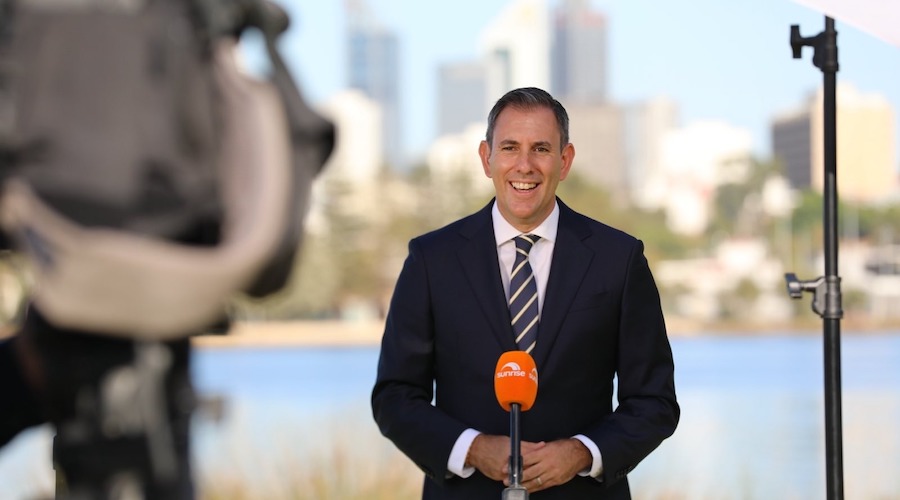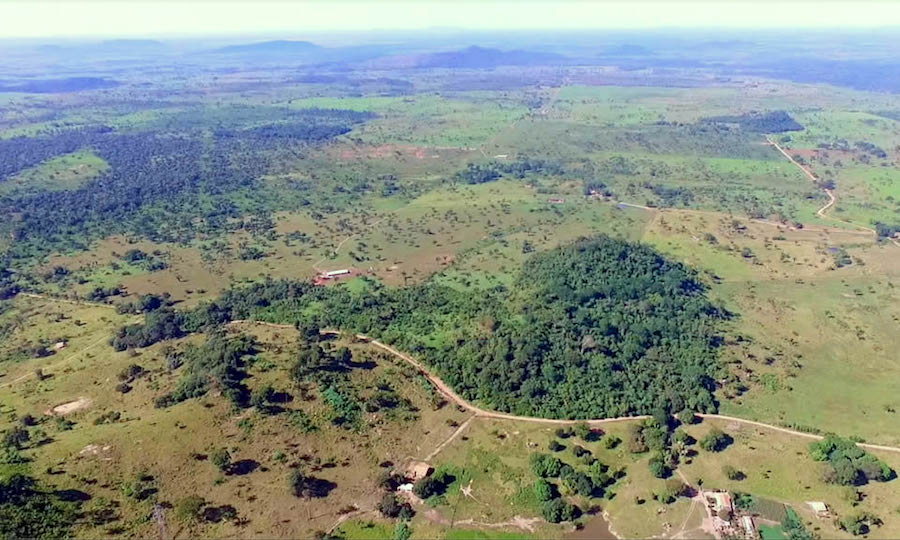Australia’s budget will boost critical minerals, treasurer says

Australia’s budget will feature a bigger boost for the nation’s critical minerals industry, Treasurer Jim Chalmers said, describing the lucrative market as a “golden opportunity” just days ahead of releasing his annual fiscal blueprint.
“The critical minerals space is one of the reasons why there is so much attention from global and domestic investors, but we need to make sure we can attract and deploy that,” Chalmers said in an interview with Bloomberg in Canberra.
The treasurer will release the budget on Tuesday night, when he is aiming to strike a balance between containing stubbornly high inflation in the near term and investing in Australia’s economic future over the years ahead.
Australia’s critical minerals industry is a major part of the government’s push to capitalize on the worldwide green energy revolution. Major powers including the US are keen to use Australian battery minerals as part of an effort to break reliance on Chinese supply for the materials, which are used in the production of solar panels, electric vehicles and lithium-ion batteries.
One of the central pillars of the budget will be the center-left Labor government’s Future Made in Australia program, a suite of measures designed to stimulate high-tech and green manufacturing in a manner similar to the US’s Inflation Reduction Act.
Although details are not public yet, Chalmers said the policy would feature a combination of “tax incentives, targeted grants, making sure that we’ve got the architecture to attract and absorb and deploy all of this private investment.”
Compared with the massive government expenditure of the US policy, Chalmers said Australia’s plan would focus on “not replacing private investment” but attracting more of it.
“We’ve got some huge advantages. We’ve been dealt some incredible cards — our resources base, our industrial base, energy, our human capital base, our attractiveness as an investment destination,” he said.
Still, Australia will face an uphill battle to make its green investment strategy competitive on the global stage, with the Labor government trailing the US IRA, established in 2022, and the European Green Deal launched before that.
Pressed on whether Australia had waited too long to kickstart its own drive, Chalmers said, “Well we better get cracking then, and we will on Tuesday.”
The government has already revealed an investment of A$566 million ($374 million) in boosting exploration for resources, with a particular focus on critical minerals. However, Chalmers said there would be more support to come.
Australia is expected to announce a second consecutive surplus in the budget, with a survey by Bloomberg forecasting an A$11 billion windfall, a global rarity that reflects the nation’s ultra-tight labor market and still elevated commodity export prices.
Reinforcing the positive news are new forecasts from Treasury that show inflation returning to the Reserve Bank’s target of 2%-3% by the end of 2024. With an election due in about 12 months, the prospect of smaller price rises and potential cuts to interest rates will be a welcome relief for the government.
At the same time, a weaker outlook for China — the nation’s largest trading partner — is threatening to weigh on economic growth going forward.
Chalmers said the budget would forecast China’s GDP growth to remain between 4% to 5% but added there is the prospect of stimulus in the world’s second-largest economy.
“We are very reliant on prospects for the Chinese economy,” Chalmers said, while adding he could see a time when Australia would be less dependent on it for trade and growth.
“Some of these fast growing markets in the ASEAN region are a huge opportunity for us,” he said.
(By Ben Westcott)
{{ commodity.name }}
{{ post.title }}
{{ post.date }}

Comments